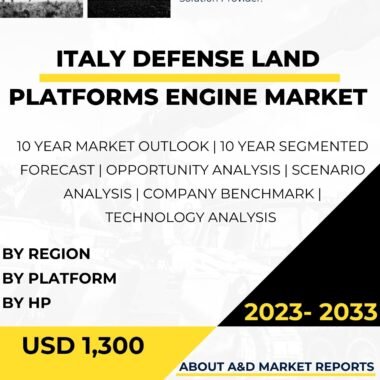Description
China Armored Vehicle Market
The China armored vehicle market represents a significant sector within the country’s defense industry. Armored vehicles play a crucial role in modern military operations, providing protected mobility, firepower, and versatility for various defense and security applications. In this response, we will explore the China armored vehicle market, including key players, types of vehicles, developments, challenges, and future prospects.
China recognizes the strategic importance of armored vehicles in its defense capabilities, internal security, and border protection. The country has been actively investing in the research, development, and production of advanced armored vehicles to meet its domestic requirements and reduce dependence on foreign sources.
One of the key players in the China armored vehicle market is China North Industries Corporation (NORINCO Group), a state-owned defense company. NORINCO is involved in the development and production of a wide range of armored vehicles, including main battle tanks, infantry fighting vehicles (IFVs), and armored personnel carriers (APCs). The company offers advanced armored solutions that provide enhanced protection, firepower, and mobility for military forces.
Another significant player is China South Industries Group Corporation (CSGC), a state-owned defense company. CSGC develops and produces armored vehicles, including light armored vehicles, reconnaissance vehicles, and self-propelled artillery systems. The company’s vehicles are designed to meet the diverse operational requirements of China’s armed forces.
The types of armored vehicles produced in China cover various sizes, configurations, and capabilities. China has developed main battle tanks such as the Type 99 and Type 96, which incorporate advanced armor protection, firepower, and modern technologies. IFVs, such as the ZBD-04 and ZBD-09, offer a combination of armored protection and firepower, enabling the transport of infantry while providing close support on the battlefield. APCs, such as the VN-4 and CS/VP3, provide protected mobility for troops in a variety of operational environments.
China has made significant advancements in armored vehicle technology development. The country has focused on indigenous research and development to reduce reliance on foreign technology. Chinese companies have made notable progress in improving the protection levels, firepower, and mobility of their armored vehicles, incorporating advanced armor materials, active protection systems, and advanced weapon systems.
China has also emphasized the integration of armored vehicles with other combat systems and battlefield networks. The integration of advanced sensors, communications, and command and control systems enhances the situational awareness and effectiveness of China’s military forces.
However, the China armored vehicle market also faces challenges that need to be addressed. One primary challenge is countering evolving threats, including anti-armor weapons, improvised explosive devices (IEDs), and unmanned systems. Armored vehicles must continually evolve their protection levels and adopt countermeasures to mitigate the risks posed by these threats.
Another challenge lies in optimizing the balance between protection, mobility, and firepower. Armored vehicles must provide adequate protection for the occupants while maintaining the necessary mobility and firepower to perform their operational tasks effectively. Achieving this balance requires ongoing research and development efforts to improve armor technologies, powertrain systems, and weapon integration.
Furthermore, operator training and maintenance support are essential for the successful deployment and utilization of armored vehicles. Well-trained personnel and robust maintenance infrastructure ensure the operational readiness and reliability of these vehicles. China must invest in training programs and develop a skilled workforce to maximize the benefits of its armored vehicle capabilities.
Looking ahead, the China armored vehicle market holds significant potential for growth and further advancements. China’s commitment to enhancing its defense capabilities, military modernization efforts, and meeting its domestic requirements create




